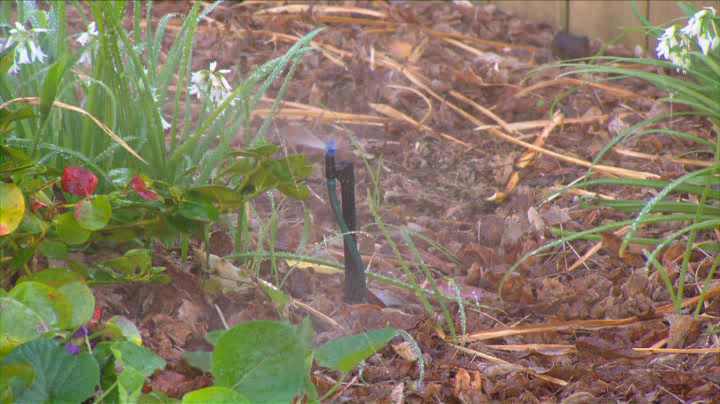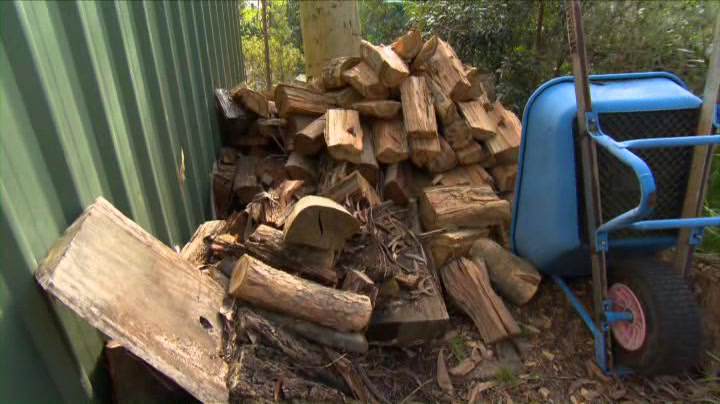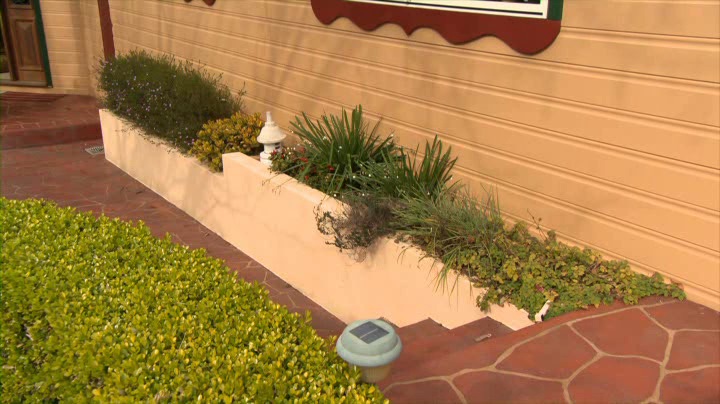How to prevent termites attacking your home…
Prevention is always better than cure, especially when it comes to preventing a termite attack! Finding termites eating your home can be expensive and an emotional draining experience. Far better for peace of mind to know that you’ve done everything possible to make your home less attractive to termites.
When it comes to making your home less attractive to termites and preventing a termite attack, prevention tips fall into one of three categories:
- Reducing moisture levels
- Removing potential termite food sources
- Eliminating hidden termite entry points
Reducing moisture levels
Termites need moisture, so keeping the soil dry around and under your home will probably have the biggest effect on reducing the risk of a termite attack. Termites will generally avoid moving into drier soil.

Around the perimeter of the home:
- Ideally don’t have garden beds immediately next to the house (pebbles with plants in pots is better)
- Avoid watering garden beds immediately next to the home (certainly don’t install a watering system)
- Fix any leaking down pipes or gutter
- Fix dripping taps
- Ensure taps are over drains
- Ensure hot water overflows and air conditioning pipes go to drains
Under the home:
- Make sure there is good drainage
- Check for any leaking pipework
Removing potential termite food sources
Termites are everywhere – they are great re-cyclers of old wood. But we don’t want to give them a buffet, especially around and under the house… as the next step will be to attack the house.

- Avoid using wood mulch, especially around the exterior wall of the building
- Remove any old tree stumps
- Avoid using timber retaining walls
- Don’t store firewood against exterior walls or under the house
- Don’t store cardboard boxes / waste timber under the house
Eliminating hidden termite entry points
The objective of any termite management system is to prevent termites getting into the building unnoticed. As such it is important for homeowners not to conceal the edges of the building and any other locations where termites are likely to enter the building.

- Don’t build garden beds, paths, driveways, patios or decks above the floor level.
- For homes on a concrete slab nothing should obscure the edge of the concrete slab, unless a termite management system is installed in the wall and then nothing should be built above the level of the termite management system.
- Don’t store goods in the sub-floor that obscure vision of the sub-floor piers and supporting walls and don’t provide a “bridge” with any stored goods from the soil to the sub-floor timbers.
- Avoid densely planted garden beds next to the house, especially plants with extensive root systems which termites can use to access the house.
Termite inspection and treatment
The actions described above will significantly reduce the chances of a termite attack, but they won’t be zero. That’s why annual termite inspections are a must – it’s important to know whether there is any termite activity on the property (not just in the building) and whether there are any conditions / construction issues that may make a termite attack more likely. Whilst preventative actions are a great help, a termite management system to prevent concealed termite entry is always recommended – a termite treatment to the soil around your home or the installation of a termite baiting system are proven systems to help protect your home from termites.
